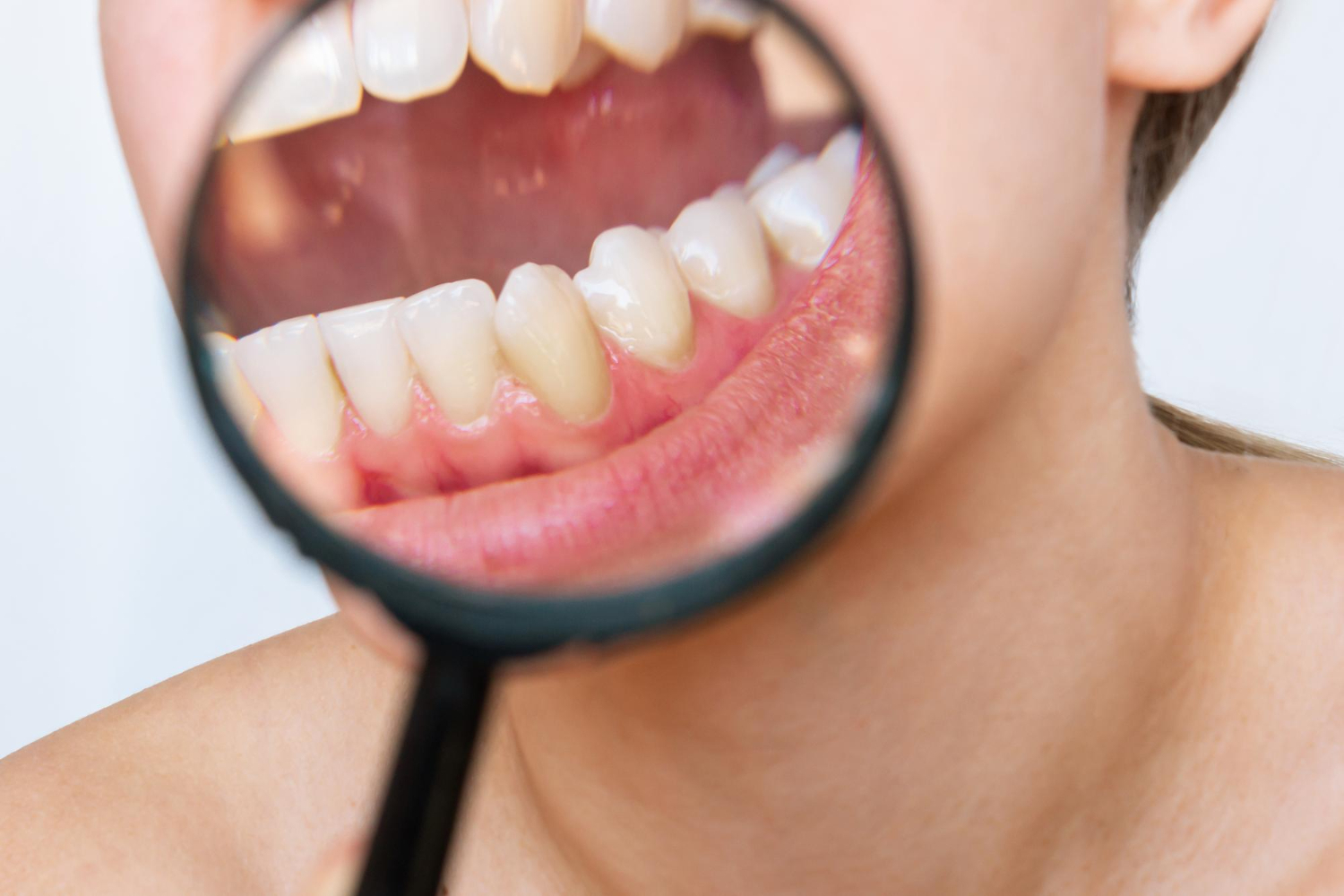A healthy smile is a powerful asset, and one of the keys to maintaining it is understanding the factors that can harm your teeth. Dental erosion, also known as enamel erosion, is one such concern. Although it’s less well-known than cavities, it can significantly impact the quality of your teeth and smile.
But you don’t need to worry. This article explores various crucial factors related to this serious oral health concern. Keep reading to learn about the causes of dental erosion, the signs and symptoms to look out for, preventive measures, and treatment options. So, let’s dive right in!
What is Dental Erosion?
The slow loss of tooth enamel induced by an acid assault is referred to as dental erosion. Enamel is the tooth’s strong outer covering that protects the underlying dentin. When the enamel wears away, the sensitive dentin is exposed. This condition causes a variety of dental issues, including tooth sensitivity, discoloration, and an increased risk of cavities.
What are the Top 7 Causes of Enamel Erosion?
Understanding these 7 factors will allow you to make informed decisions to safeguard your valuable enamel and keep a healthy smile. So check them out if you have any of these health conditions or bad habits.
- Chronic Dry Mouth
- Poor Dental Hygiene
- Drugs
- An Incorrect Bite
- Acid Reflux (GERD)
- Consumption of Acidic or Sugary Foods and Drinks
- Grinding and Clenching of Teeth
What are the 5 Most Common Signs and Symptoms of Dental Erosion?
Early detection of tooth erosion is critical for effective treatment. Here are 5 frequent signs to be on the lookout for:
- Increased Tooth Sensitivity: Sensitivity to hot, cold, or sweet meals and beverages leads to a sensation. It arises as the enamel thins, exposing the sensitive dentin beneath.
- Tooth Edges Rounded or Flattened: Enamel erosion can cause teeth’s edges to lose their natural form, making them seem rounded or flattened.
- Tooth Discoloration: It becomes increasingly yellow as the enamel thins. The yellowish dentin layer becomes more noticeable when the enamel wears away.
- Minor Dents or Cracks on the Tooth’s Surface: Erosion can develop small dents or cracks in the teeth, decreasing their strength and structure.
- Transparency or Translucency Along the Edges: Enamel deterioration can cause the teeth’ edges to seem transparent or translucent.
If you see any of these symptoms of dental erosion, you should call your dentist right away for an evaluation and suitable treatment.
How Can You Prevent Dental Erosion?
If you want to keep your teeth healthy, preventing enamel erosion becomes essential. One method is to limit your intake of acidic foods and beverages. If lowering your acid intake is difficult, consider washing your mouth with water after eating or drinking. Using a straw might also help keep acid off your teeth.
Chewing sugar-free gum is another way to preserve teeth and boost saliva production. This helps to neutralize acid and improve tooth enamel. Don’t forget to practice excellent dental hygiene every day! Brush your teeth twice daily to eliminate plaque and germs.
What are the Dental Erosion Treatment Options?
Dental erosion might not always require treatment. You may avoid the problem with frequent check-ups, maintenance of dental hygiene, a healthy lifestyle, and a clean diet. If a tooth requires treatment, just gluing a filling onto it suffice to fix it. In more severe situations, however, the dentist may need to place a veneer or a crown.
To conclude, enamel erosion is a common dental condition. Therefore, much information is available about how to prevent and treat it. So, it is easier than ever to protect your teeth against erosion by knowing the causes, recognizing the symptoms, and adopting preventive steps.
Remember to practice oral hygiene, avoid acidic and sugary meals, and schedule regular dental check-ups. You can maintain your healthy and attractive smile with some effort!

Dr. Brian Thurman has spent his entire life enjoying all the beauty that California has to offer. A Fresno native, he still escapes to the ocean or the mountains whenever his busy schedule allows. Driven by his love for natural beauty, Dr. Thurman enjoys creating beautiful smiles and healthy bites that last a lifetime. He is proud to be the only Ivy League trained Orthodontist in the Fresno/Clovis area.

